Portland’s long-awaited dream to manage its own speed limits has finally come true. This week the Oregon Department of Transportation made it official that Portland — along with 240 other cities statewide, as well as Multnomah and Clackamas County — can set its own speed limits without needing state approval.
Before this change, ODOT controlled all speed limit change requests. If a city like Portland wanted to reduce one, they had to make a request of ODOT’s Speed Zone Review Panel, then sit back and wait until it worked its way through red tape. It was a process that could take 6-12 months because ODOT had only one engineer qualified to investigate the requests for each of Oregon’s five ODOT regions. Then at the end of the process, the state traffic engineer had final say on whether the request should be granted. Beyond the bureaucratic backlog, there would sometimes be a difference of opinion between what speed state and local engineers felt was safe.
In the system now in effect, local road authorities like the Portland Bureau of Transportation will be more in charge of their own destiny when it comes to speed limit changes. It’s a significant departure that Portland has lobbied for for well over a decade. In 2009, then PBOT Commissioner Sam Adams urged ODOT to give cities this control. PBOT then spent several legislative sessions chipping away at ODOT’s grip in what we began to call the “war on speed.”
Most of the progress toward this change was made in 2020. Then in the 2021 session, the final lift came with the passage of House Bill 3055, an omnibus transportation bill that included the language to enact this new speed limit designation process stuffed into one paragraph on page 28 of the 77-page bill. ODOT then spent several months translating the law changes into corresponding Oregon Administrative Rules (OARs) before the law could go into effect. They also had to clarify the process local road agencies must go through to gain this new power.
Before we get into what happens next, keep in mind there are two types of speed limits: statutory and designated. Statutory speeds are governed by state law and include things like 20 mph in School Zones and 65 mph on most interstate highways. Designated speeds can change depending on what an engineer deems is appropriate for the context. This new authority only gives cities the ability to change to designated speeds.
So, what does PBOT need to do in order to take advantage of these new powers?
According to the process laid out it in OAR 734-020-0013, a “road authority” like PBOT would still have to jump through a few ODOT hoops. For starters they’d have to notify the state highway engineer and then:
(A) The road authority must participate in training provided by the Department on the criteria and speed zoning practices.
(B) The road authority must designate one qualified registered Professional Engineer to be responsible for decision making and assuring all methods and procedures in this rule are followed.
(C) The road authority must prepare and submit to the Department a quality control plan for assuring compliance with program rules and procedures.
It’s clear from the OAR that ODOT wants to keep a close eye on speed limit changes — even if they’ve delegated the decision-making power. For example, even after a road authority is granted the authority, ODOT says they want to check the work of the first engineering study to make sure it meets muster. And if a city doesn’t do good work, ODOT can take back control of the process.
Suffice it to say, it will be very interesting to see how this plays out.
I asked PBOT to share what their new internal process will be going forward. Will they set up a new internal engineering staff or committee to handle speed zone requests? If so, what will that look like?
PBOT Public Information Officer Dylan Rivera told me today that, “We’ve been eagerly awaiting this new authority.” I’ll share an update once I hear back about those larger questions. Stay tuned.

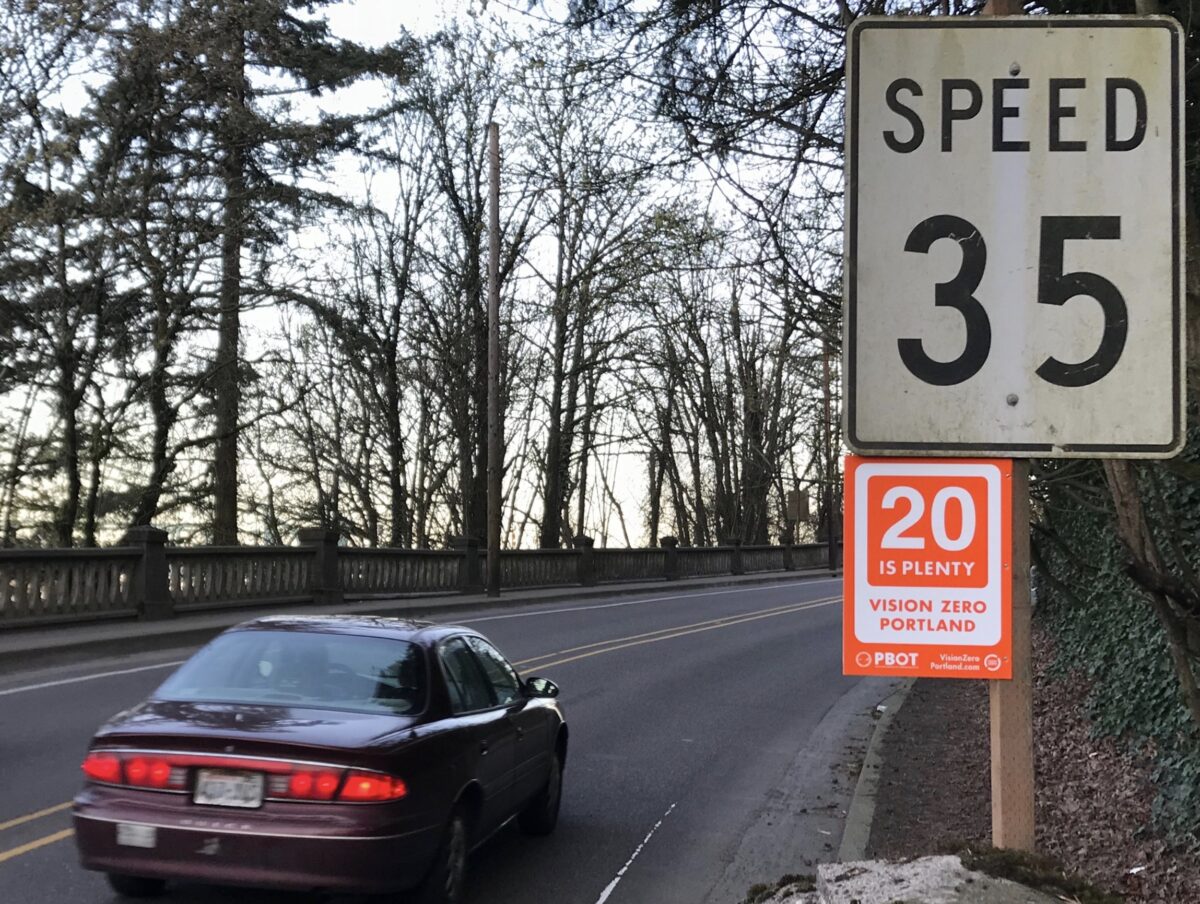
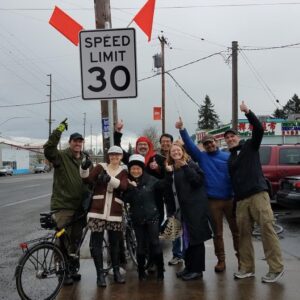
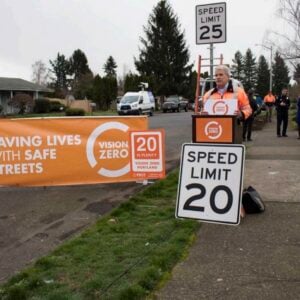
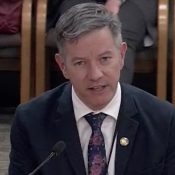
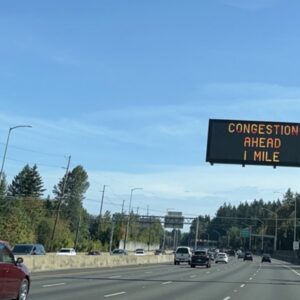
Thanks for reading.
BikePortland has served this community with independent community journalism since 2005. We rely on subscriptions from readers like you to survive. Your financial support is vital in keeping this valuable resource alive and well.
Please subscribe today to strengthen and expand our work.
Woo Hoo! Now Oregon’s cities have a similar control that WA state cities have had for decades. It will be interesting to see the next stage in progress at the city level for Portland and the other 239 cities.
PS. Perhaps it may become more challenging for advocates in smaller rural jurisdictions to get relief(?) vs ODoT managing the process. May be The Streets Trust / Oregon Walks will monitor this trickle down implementation…or might make for a good PSU TREC graduate studies research project?
Where is the list of cities in Oregon with the approval? Are Multnomah and Clackamas the only counties that applied?
It’s funny that with the crappy job that ODOT has been doing, they still want to be in control to make sure that future speed control is as bad as they kept without constant political pressure and lobbying.
So with that first criteria ODOT could require PBOT to use the 85th percentile rule when setting speeds pretty much invalidating any changes they want to make like lowering speeds on the Hawthorne bridge or West Burnside. Based on ODOTs outdated system PBOT would need to increase the speeds on the bridge.
By requiring municipalities to use their criteria ODOT is not giving authority to anyone they’re just outsourcing the work.
People are not reading the ORS 810.180 statute correctly which governs the OARs that ODOT adopted. Numerous times in the statute the phrase “the Department … may delegate its authority” appears. That means it’s not a one-way street for ODOT to simply delegate its authority. ODOT has oversight responsibility to make sure its done correctly and if you listen to the testimony on HB 3055 the Legislature actually expects ODOT to exercise oversight.
NONE of this makes ny difference without traffic law enforcement. It’s purely performative.
Strongly disagree with you. There’s a lot more to lower speed limits than just whether ppl get tickets or not.
I think the point is, people will still speed.
Yes. I agree. And my point is, that fact alone isn’t reason to not lower speed limits.
Meaningless without enforcement.